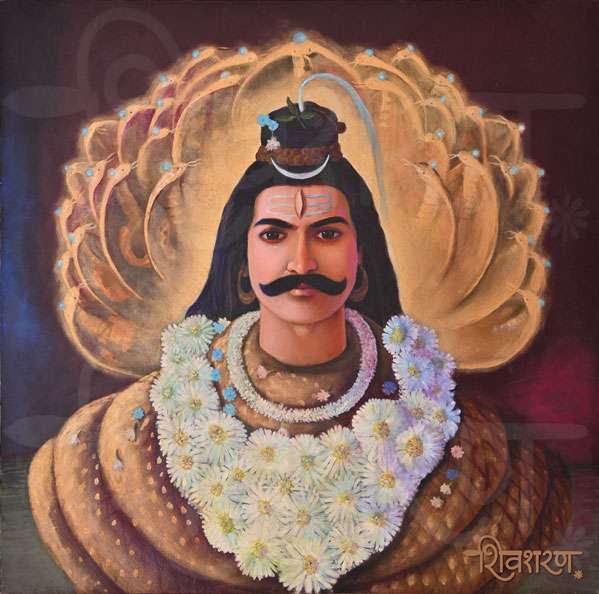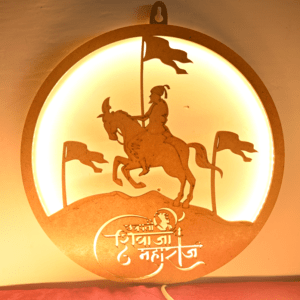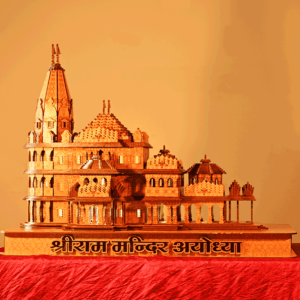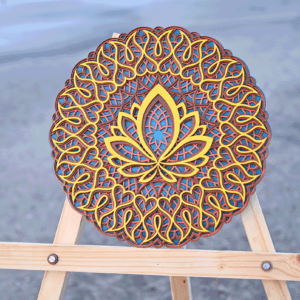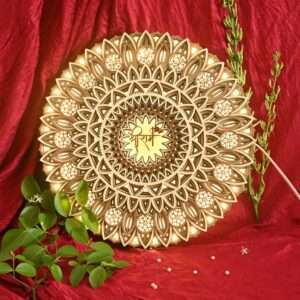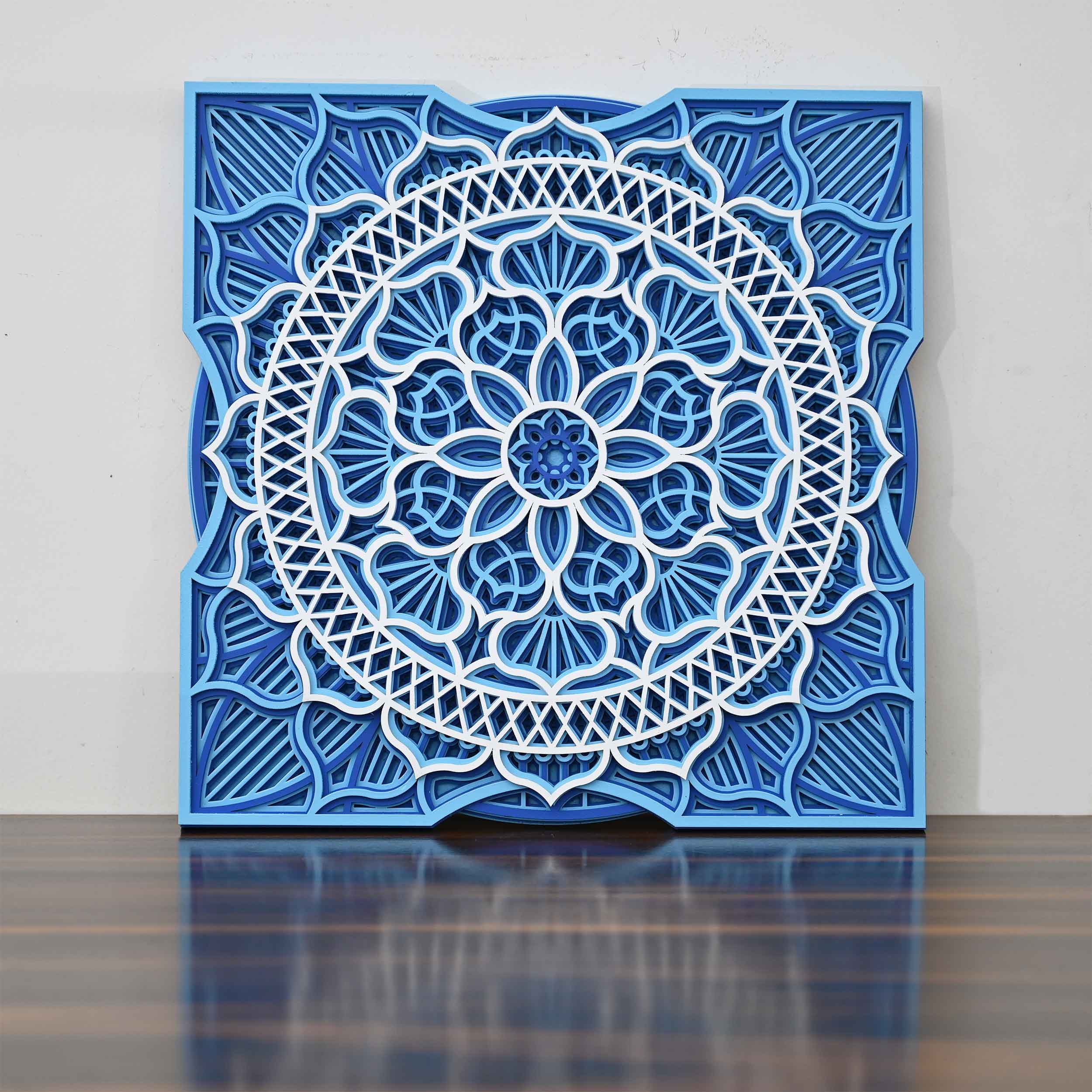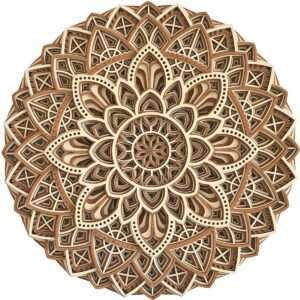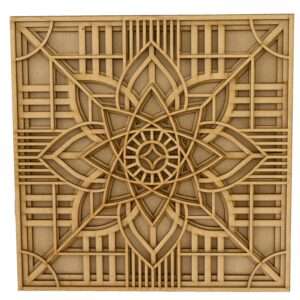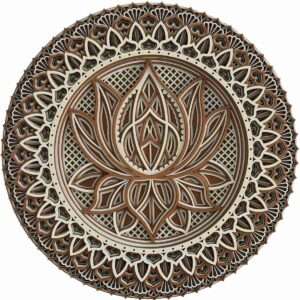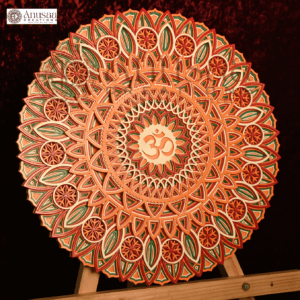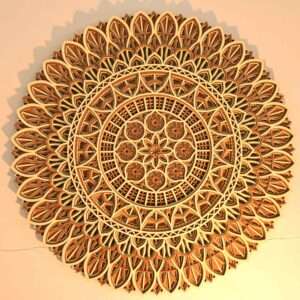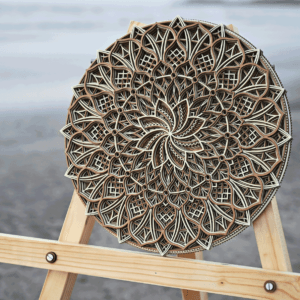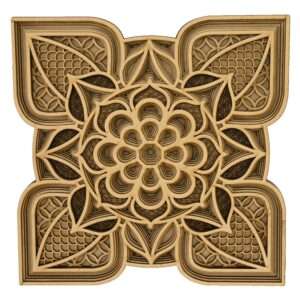Trimbakeshwar Temple in Nashik is a sacred pilgrimage site, revered as one of the twelve Jyotirlingas, the holiest abodes of Lord Shiva. This ancient temple, located amidst the serene Sahyadri hills, is more than just a religious destination—it is a testament to India’s rich cultural and spiritual heritage. The Majestic Mahadev of Trimbakeshwar is worshipped as a powerful and benevolent force, attracting devotees from all over the world. Among the many depictions of Mahadev, a particular hand-painted masterpiece stands out—a vivid representation of Mahadev adorned with a multi-headed Sheshnag and a garland of white flowers.
This blog will take you through the profound legends of Trimbakeshwar, the significance of Mahadev in Hindu mythology, and the artistry that brings this divine being to life in the form of a hand-painted Mahadev.
Trimbakeshwar Temple Nashik is one of the most important religious sites in India, known for its ancient heritage and spiritual significance. Situated about 28 kilometers from Nashik, this temple is believed to be the origin of the Godavari River, often referred to as the Ganges of the South. The temple’s architecture, crafted from black stone, is a beautiful example of Hemadpanthi design, characterized by intricate carvings and unique structural elements. The temple’s sanctum sanctorum houses the Jyotirlinga of Mahadev, distinctively different from other Jyotirlingas as it features three faces—representing Brahma, Vishnu, and Mahesh (Shiva). This trinity reflects the essence of Hindu belief in the creation, preservation, and destruction of the universe.
The town of Trimbak, surrounding the temple, is imbued with spiritual energy. It is believed that this is where Lord Shiva performed the Tandava, his cosmic dance, leading to the creation of the world. The river Godavari, emerging from the Brahmagiri mountain, is said to originate from the matted locks of Shiva himself. This convergence of sacred geography and mythological importance makes Trimbakeshwar Temple Nashik a site of immense spiritual value.
The Legend of Sheshnag and Mahadev
In Hindu mythology, Sheshnag the multi-headed serpent is a significant figure. He is considered the king of all serpents and is often depicted as a massive snake with multiple heads. Sheshnag is also the resting couch of Lord Vishnu, the preserver of the universe, symbolizing cosmic energy and the endless cycle of creation and destruction.
In the context of Lord Shiva, Sheshnag holds a special place. According to legends, during the churning of the ocean (Samudra Manthan), a lethal poison called Halahala emerged, threatening to destroy all of creation. It was Mahadev who, out of compassion, consumed the poison to save the universe. However, the poison was so potent that it turned his throat blue, earning him the name Neelkanth Mahadev. To alleviate the impact of the poison, Sheshnag wrapped around Shiva, providing him with the necessary support and absorbing some of the poison’s potency.
This imagery of Mahadev with multi-headed Sheshnag is a powerful representation of Shiva’s role as the protector and preserver of life, even at the cost of his well-being. The multi-headed Sheshnag also symbolizes the infinite nature of Shiva’s power and his connection with the cosmos.
Art has always been a medium through which spirituality finds expression. The hand-painted depiction of Mahadev at Trimbakeshwar, adorned with a multi-headed Sheshnag and a garland of white flowers, is a breathtaking representation of this divine figure. This painting is not just a visual treat but a spiritual experience, capturing the essence of Mahadev’s serene yet powerful presence.
The Multi-Headed Sheshnag in the Painting
In this painting, Sheshnag is depicted with multiple heads, each meticulously detailed to represent the cosmic energy he embodies. The serpent is coiled around Mahadev, his heads fanned out in a protective manner, symbolizing the ever-watchful eye over the universe. The artist has masterfully captured the texture of Sheshnag’s scales, giving them a lifelike appearance. The choice of colors—deep blues and greens for Sheshnag—creates a striking contrast against the dark backdrop, emphasizing the serpent’s otherworldly nature.
Each of Sheshnag’s heads is portrayed with a different expression, ranging from fierce to calm, reflecting the duality of the universe—destruction and preservation. The depiction of Sheshnag with multiple heads also signifies the multi-faceted nature of divinity, capable of overseeing the entire cosmos while remaining deeply connected to each individual soul.
The White Flower Garland in the Painting
The white flower garland draped around Mahadev in the painting is symbolic of purity, peace, and devotion. In Hindu rituals, garlands are often offered to deities as a mark of respect and reverence. The white flowers in this painting are depicted with delicate brushstrokes, exuding a sense of calm and serenity. The garland, placed around Mahadev’s neck, contrasts beautifully with the dark complexion of the deity, drawing the viewer’s attention to his tranquil expression.
White flowers are also associated with spiritual enlightenment, which aligns with Shiva’s role as the ultimate yogi and ascetic. The garland serves as a reminder of the purity of thought and devotion required to connect with the divine. It also highlights Mahadev’s connection with nature, as he is often depicted meditating in the mountains, surrounded by flora and fauna.
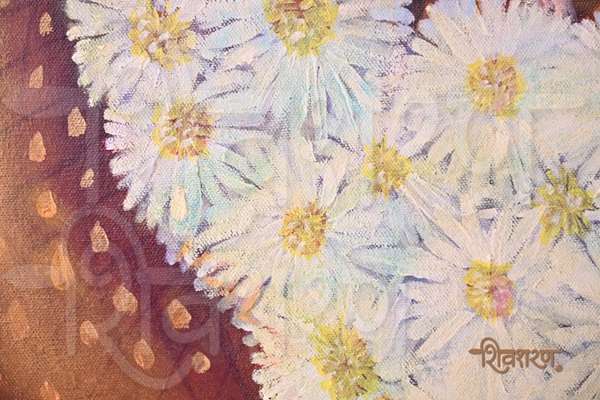
The Symbolism Behind the Hand-Painted Mahadev
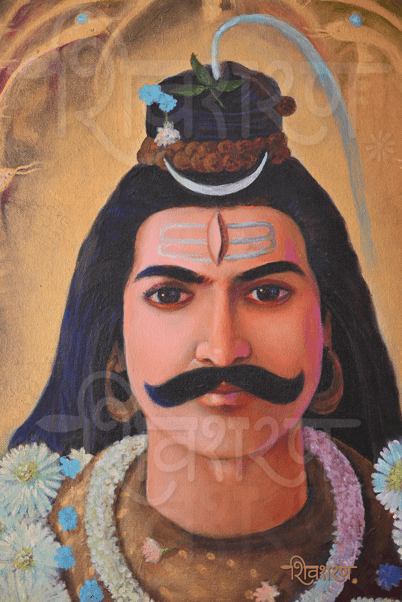
This hand-painted Mahadev masterpiece is more than just a representation of Mahadev; it is a symbolic portrayal of the eternal principles he embodies. The multi-headed Sheshnag signifies the boundless nature of time and space, while Mahadev represents the stillness within this infinite expanse. The white flower garland around his neck symbolizes the purity and simplicity of spiritual pursuit, a path that leads to self-realization and unity with the divine.
The painting’s intricate details and vibrant colors evoke a sense of awe and reverence, making it a powerful tool for meditation and contemplation. It invites the viewer to delve deeper into the mysteries of existence and the divine energy that governs it.
Conclusion: A Divine Encounter through Art
The Majestic Mahadev of Trimbakeshwar is not just a deity to be worshipped but a profound spiritual force that has inspired countless generations. The hand-painted depiction of Mahadev with Sheshnag and a white flower garland captures the essence of this divine power, offering viewers a glimpse into the sacred world of Trimbakeshwar Temple in Nashik.
As you gaze upon this masterpiece, you are invited to embark on a spiritual journey, exploring the depths of your soul and connecting with the cosmic energy that Mahadev represents. This painting serves as a reminder of the eternal presence of the divine in our lives, a source of strength, protection, and peace.
Whether you are a devotee or an art enthusiast, this depiction of Mahadev at Trimbakeshwar will leave an indelible mark on your heart, reminding you of the infinite love and power that the Lord of Trimbakeshwar bestows upon the world.







